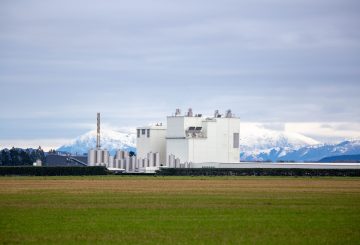The unemployment rate remained unchanged at 3.4 per cent in the first three months of the year, after solid job creation in the quarter.
Wages rose 0.9 per cent for the quarter and to a record 4.5 per cent for the 12 months ended March.
“Unemployment and underutilisation rates, as measured by the Household Labour Force Survey, have been sitting at or near record lows for more than a year,” says work and wellbeing statistics senior manager Becky Collett.
In the March 2023 quarter, the labour force participation rate increased to 72.0 per cent and the employment rate increased to 69.5 per cent. Both are the highest rates recorded since the HLFS began in 1986.
In the March 2023 quarter, the seasonally adjusted labour force participation rate for women increased to 67.7 per cent – the highest rate since the series began in 1986.
The employment rate for women increased to 65.2 per cent in the March 2023 quarter– the highest rate since the series began in 1986.
The employment rate for men remained steady over the quarter at 73.9 per cent, remaining the highest rate of male employment since 1987.
The cyclones and extreme flooding during the quarter resulted in 45,100 people working fewer hours in their main job or absent from all jobs due to bad weather, up 35,900 annually.
In the year to the March 2023 quarter, all salary and wage rates (including overtime) as measured by the labour cost index, increased 4.3 per cent, compared with 4.1 per cent in the year to the December 2022 quarter.
Credit: sunlive.co.nz






























































